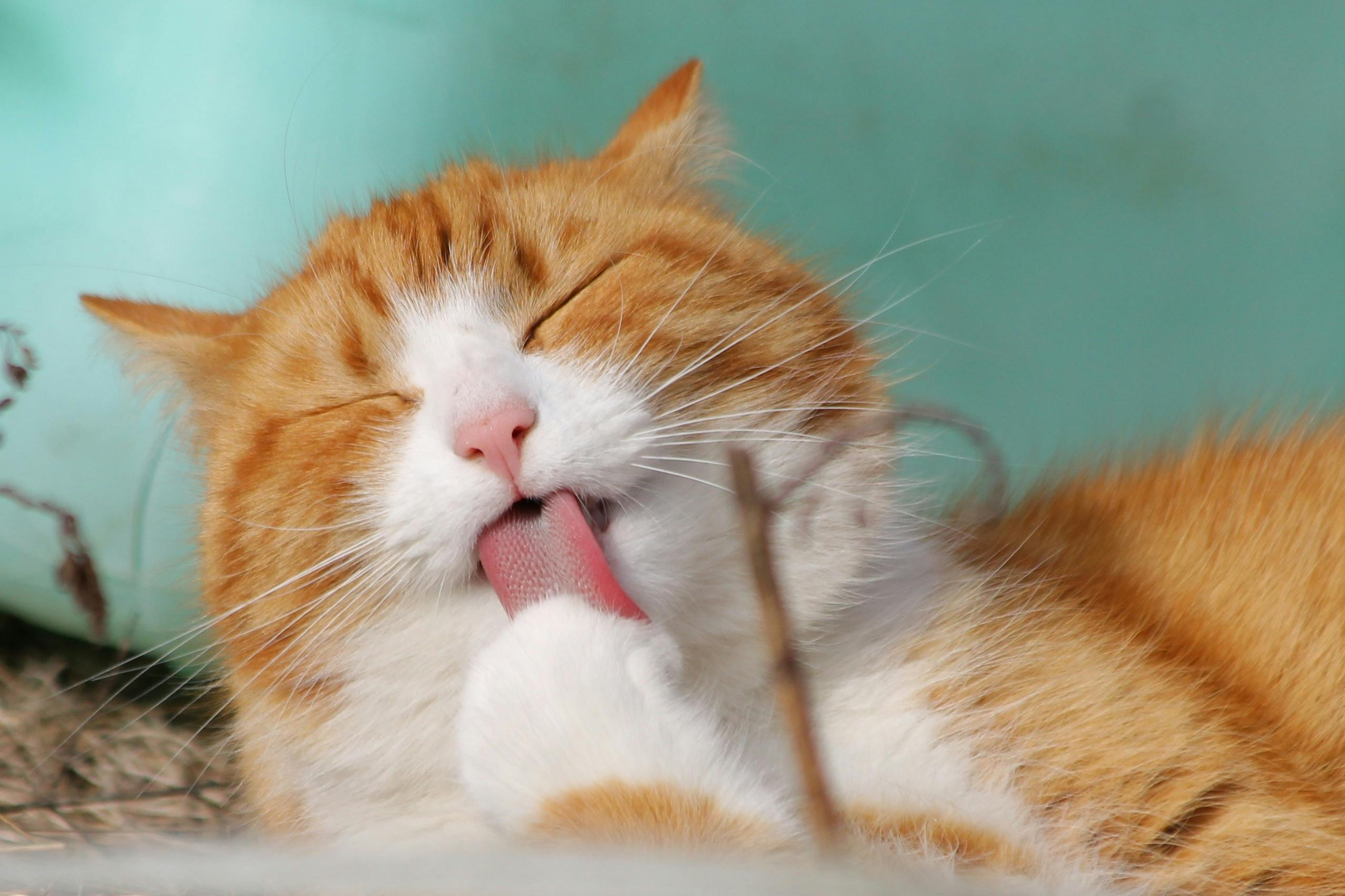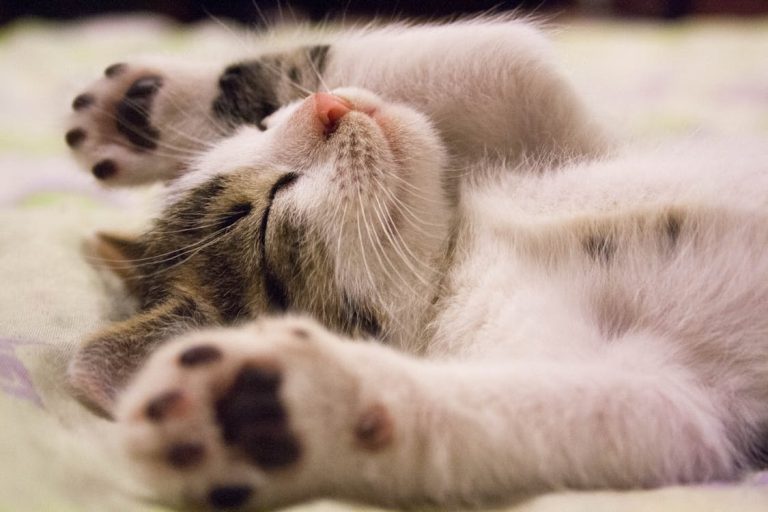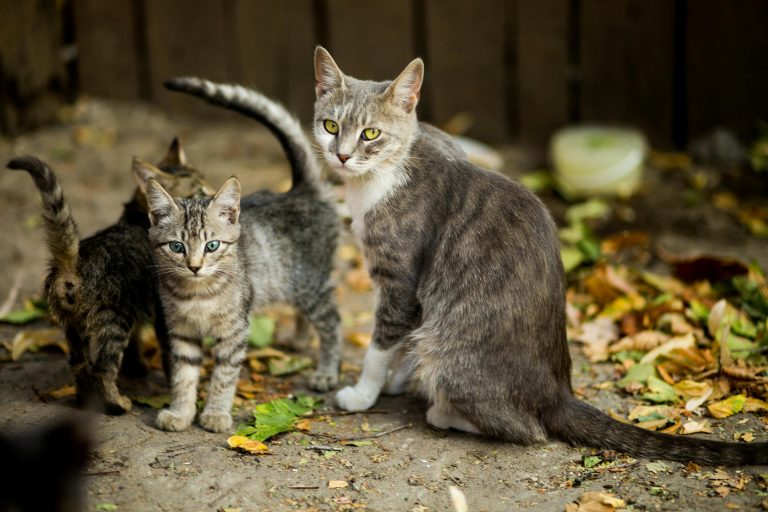The Secret Life of Cats: Behaviors, Habits, and Joys
For thousands of years, cats have enthralled people with their elegance, independence, and mystique. Every cat appears to have a private universe of their own, from their inquisitive gazes to their unexpected energetic outbursts. But what’s actually going on behind those silent paws and glowing eyes?
We’ll look at the secret life of cats in this book, including their unusual routines, special behaviours, and daily delights. This article will give you a greater understanding of the amazing, whiskered world your cat lives in, regardless of whether you’ve owned a cat for a long time or are a new owner.
1. The Language of Cat Behavior
Cats may not speak, but they communicate constantly. Every tail flick, meow, or slow blink means something.
Common cat behaviors and their meanings:
- Purring: Contentment, comfort, or even self-soothing when in pain.
- Slow blinking: A sign of trust and affection your cat’s way of saying “I love you.”
- Kneading: A leftover kitten behavior that shows comfort and bonding.
- Tail movements:
- Straight up: Happy and confident.
- Puffing up: Scared or startled.
- Flicking: Annoyed or agitated.
Understanding these small gestures helps deepen the bond between you and your feline companion.
2. Why Cats Love Their Alone Time
Cats are often seen as independent, and that’s true they value personal space. But solitude doesn’t mean loneliness.
In their natural instincts, cats are both predators and prey, so they’re wired to seek safe, quiet spaces where they can rest undisturbed. This is why they curl up in boxes, hide under furniture, or nap in sunbeams.
Giving your cat safe, cozy spots to retreat to helps them feel secure and reduces stress in multi-pet or busy households.
3. The Mystery of Playtime
Those sudden sprints around the house often called “the zoomies” aren’t random. They’re part of your cat’s hunting instinct in action.
Cats are natural predators, and even indoor ones need stimulation. Toys that mimic prey like feather wands, string toys, or laser pointers keep them mentally sharp and physically active.
Play benefits include:
- Reducing boredom and anxiety.
- Preventing obesity.
- Strengthening your bond through interaction.
Try scheduling short play sessions throughout the day, especially before meals it mimics the “hunt, eat, rest” pattern cats follow in the wild.
4. The Science of Cat Sleep
Cats sleep anywhere from 12 to 16 hours a day, but it’s not laziness it’s survival instinct. In the wild, cats conserve energy between hunts, and domestic cats retain this trait.
They enter light naps throughout the day but remain alert to sounds and movement. This explains why your cat can spring awake the moment you open a treat bag.
Pro tip: Create a calm sleeping environment with soft bedding and minimal noise. Cats love consistency and comfort.
5. Eating Habits and Rituals
Cats are creatures of habit when it comes to food. They prefer routine feeding times and may refuse unfamiliar foods at first.
Tips for happy feeding:
- Offer small, frequent meals similar to natural hunting patterns.
- Keep water bowls clean and away from food bowls.
- Avoid sudden diet changes to prevent stomach upset.
- Use puzzle feeders or treat-dispensing toys to engage their minds.
Watching your cat eat can also reveal clues about their health changes in appetite, drooling, or eating less could signal a vet visit is needed.
6. Grooming: A Sign of Love and Comfort
Cats spend up to 50% of their waking hours grooming not just to stay clean, but also to relax and regulate body temperature.
When your cat grooms you or another pet, it’s a sign of trust and affection. This behavior, called allogrooming, strengthens social bonds.
If your cat suddenly stops grooming, it could be a sign of stress, illness, or discomfort always worth checking with your vet.
7. The Joy of Companionship
Despite their independent image, cats are deeply affectionate in their own subtle ways. They may not always demand attention, but they form strong emotional bonds with their humans.
Your cat shows love through:
- Following you around.
- Sitting near or on you.
- Bringing you “gifts” (like toys or even the occasional bug).
- Sleeping beside you—one of the ultimate signs of trust.
These quiet, loyal gestures remind us that cats express love differently but just as deeply as any other pet.
8. Understanding Cat Curiosity
Cats are naturally inquisitive. They’ll explore every corner, box, or bag you bring home. This curiosity comes from their instinct to explore territories and understand their surroundings.
Let them safely satisfy that curiosity with:
- Cat trees or shelves for climbing.
- Interactive toys or puzzle boxes.
- Window perches to watch the world outside.
Exploration keeps their minds stimulated and prevents boredom-based behavior like scratching furniture or knocking items off shelves.
9. The Healing Power of Cats
Cats aren’t just adorable they’re therapeutic. Studies show that cat owners experience lower stress levels, reduced blood pressure, and improved mood.
Their gentle purring vibrations can even promote relaxation and emotional healing. It’s no wonder many people find comfort and calm simply sitting with their cats at the end of a long day.
Final Thoughts
The secret life of cats is a fascinating mix of instinct, mystery, and affection. Beneath their cool, independent image lies a creature full of depth loving, curious, and endlessly expressive.
Every purr, stretch, and playful glance is a reminder that cats live life on their own terms but always with a quiet love for the humans they share it with.
So, take a moment to observe your feline friend closely you might just uncover another secret from their incredible world.







